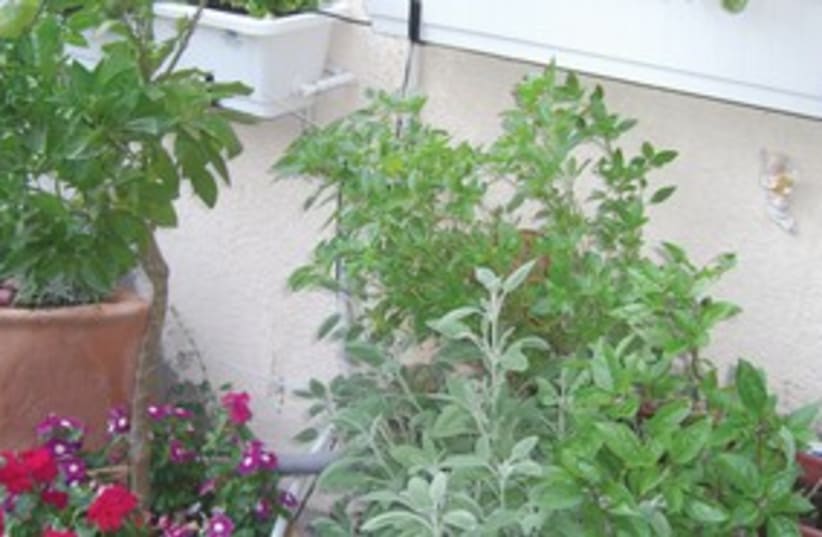I attended a lecture you gave in Jerusalem, where you said that the best way to store food is in glass containers. Does all food have to be stored in glass or can I use my plastic containers for some things? It says on my plastic containers that they are safe to use in the microwave.
Barry Mintz The best way to store anything is in glass containers, but the most important things to store in them are oils or foods that contain fats, like tehina. Although technically the plastic containers that manufacturers use are supposed to be safe, the longer a fatty food sits in the container, the more chance there is that the chemicals in the plastic will make their way into the food.You can use your plastic containers to store dry foods, however, or foods that have very little or no fat (like vegetables for salad). Although many plastic containers say they are safe for microwave use, I would not use them there. I use only glass in the microwave. Better to be safe than sorry.I have an Italian cookbook that has several recipes calling for fresh Roma tomatoes. Do we have these in Israel? If not, what would be a suitable substitute? Should I use canned tomatoes?Sandy AlonRoma tomatoes are agvaniot Tamar – elongated, ovalshaped tomatoes that tend to have more substantial pulp with fewer seeds than the regular salad tomato. They are in high season right now, and it’s really worth buying up a lot and making your own sauces to freeze – much more economical and much more ecologically sound (no cans!). You can also find mini-Roma tomatoes in the markets.Every time I buy fresh corn, it is tasteless. I have tried cooking it to death and adding sugar to the water, but nothing helps. I remember the street vendors that sold it in the husk and it was delicious! What do you do to get it to taste soft and sweet and creamy?Sybil Kaplan I think the problem is that husked corn was probably stored refrigerated for too long and the sugars turned to tasteless starch. I suggest buying unhusked corn when possible, peeling back the husk slightly and using your fingernail to test a kernel. If clearish liquid comes out, it should be more sweet and tender (also look for smaller kernels). Street vendors boil their corn for hours in water (and may add baking soda), leaving it with no nutritional value.
